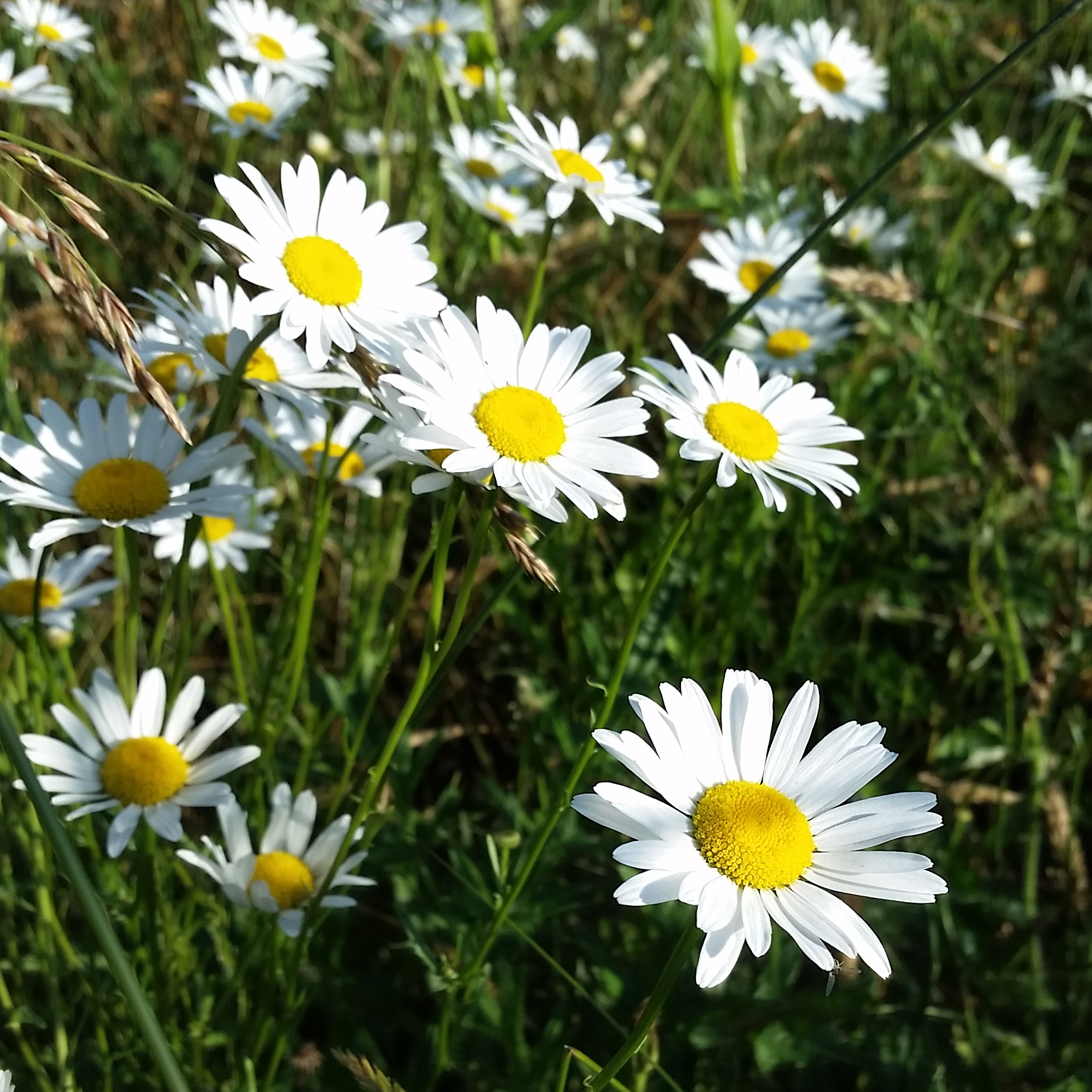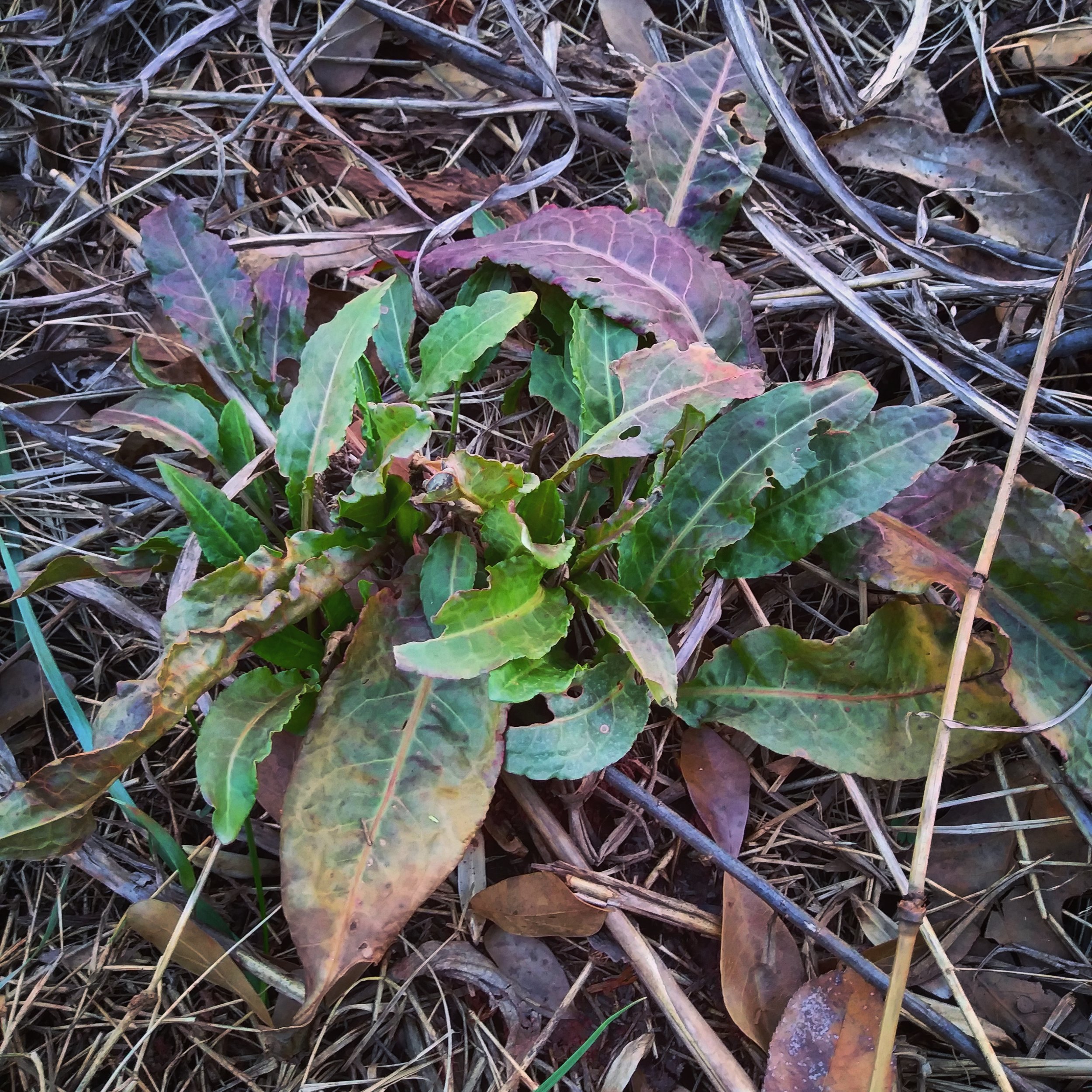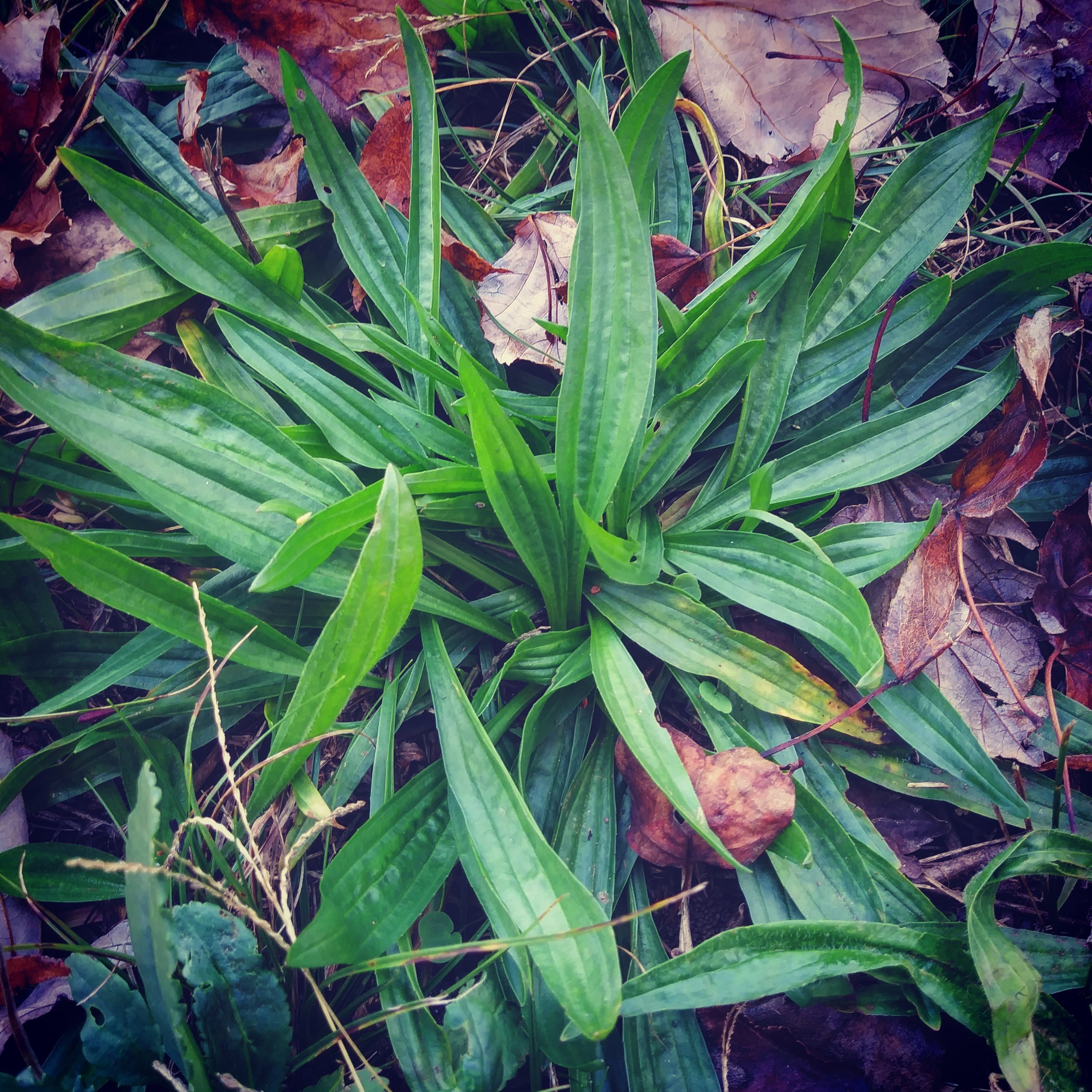So named because chickens absolutely love it, it’s very closely related to Purple Deadnettle from a few months ago, and the two can be used interchangeably. Consider it a 2-for-1 deadnettle deal: If you can learn how to use one, you know how to use the other by default.
Read more#WildEdibleWednesday 5/30 - Oxeye Daisy
One of the most recognizable wildflowers in the world, daisies have also been used as a medicinal plant for thousands of years.
Read more#WildEdibleWednesday 5/9 - Lyre-Leaf Sage
Native Americans and early pioneers held to the belief that “like cured like.” So, since lyre-leaf sage spreads quickly and aggressively over the ground like a cancer, it naturally made sense to use it to treat the disease.
Read more#WildEdibleWednesday 5/2 - Ground Ivy
It’s the herpes of the plant world – once you’ve got it… you’ve got it. It’s nearly impossible to kill, and most conventional weed removal methods actually help it spread. But here at SARCRAFT, we have a solution: Eat it.
Read moreSARCRAFT News April 2018
Wanna know what’s been going on at SARCRAFT this past month? Read on!
Read more#WildEdibleWednesday 4/11 - Indian Strawberry
Spoiler alert: It's not really a strawberry.
Read more#WildEdibleWednesday 3/28 - Wild Mustard
During the oppressive, impoverished years of Reconstruction in the South, mustard greens made up a large part of the diet of most poor farmers in rural areas, like my ancestors in the west end of Pickens County.
Read more#WildEdibleWednesday 3/21 - Common Blue Violet
Violets have a long association with the coming of spring in various cultures throughout the world, which is not surprising as they’re one of the first flowers to brave the cold and bloom out in late winter.
Read more#WildEdibleWednesday 3/14 - White Clover
"The shamrock became a symbol of rebellion, worn proudly by Irish freedom fighters attempting to throw off the oppressive English rule... a three-leaved middle finger to the British Crown for the whole world to see."
Read more#WildEdibleWednesday 3/7 - Eastern Redbud
"Many tribes also had a tradition of decorating their dwellings with redbud wreaths and twigs, to help “drive out the spirit of winter” and bring on planting time."
Read more#WildEdibleWednesday 2/28 - Chickweed
"Chickweed is just another example of how the most valuable plants in your yard are probably the ones you’ve been trying to kill. Along with plantain, oxalis, lamb’s ear, burdock, dandelion, and many more, there’s a whole salad bar and pharmacy right outside your front door."
Read more#WildEdibleWednesday 2/21 - Yucca
"Yucca has several survival and bushcraft uses, and they’re all really, really cool. Three particular ones stand out, however."
Read more#WildEdibleWednesday 2/14 - Wild Onion
"One of the most effective traditional uses of the plant is to crush up the leaves and rub down your whole body with them – it’s a surefire way to repel ticks, mosquitoes, biting flies, fleas, and other humans."
Read more#WildEdibleWednesday 1/31 - Creeping Cedar
"The first fossil records we have of this species are from the Carboniferous period, about 400 million years ago. Remains of this exact plant are being burned as coal this very day."
Read more#WildEdibleWednesday 1/24 - Wild Horseradish
"There is a compound called allyl isothiocyanate present in horseradish that is toxic to most bacteria, meaning that questionable or even outright spoiled meat could be cooked with horseradish and be considered reasonably safe to eat, and the pungent flavor would mask the taste."
Read more#WildEdibleWednesday 1/17 - Black Walnut
"Poachers will sneak onto a property in the middle of the night, cut down a walnut tree, and steal it... So if you have some of these trees on your property, our advice to you is to keep a good hold on your walnuts. Don’t want nobody touchin’ your walnuts without permission."
Read more#WildEdibleWednesday 1/3 - American Holly
Holly is NOT edible. The beautiful bright red (or slightly orange, depending on the soil) berries are one of the classic examples of “just because the birds are eating it, doesn’t mean you can eat it.”
Read more#WildEdibleWednesday 12/6 - Striped Wintergreen
Striped wintergreen’s primary value lies in being a powerful, reliable, year-round medicinal plant. It is a true lifesaving herb in the dead of winter, with a wide range of uses.
Read more#WildEdibleWednesday 11/15 - Narrowleaf Plantain
"Some plant species have suffered from the spread of humans. Some have benefited immensely. Plantain is in the latter category. In fact, plantain really owes its success, and arguably its existence, to the spread of humans."
Read more#WildEdibleWednesday 11/8 - Witch Hazel
"By the late 19th century, witch hazel was used in a whole host of patent medicines. In 1866, Connecticut industrialist T.N. Dickinson patented a process to extract and distill witch hazel water on a grand scale and sell it commercially. That process is still used to this day..."
Read more


















